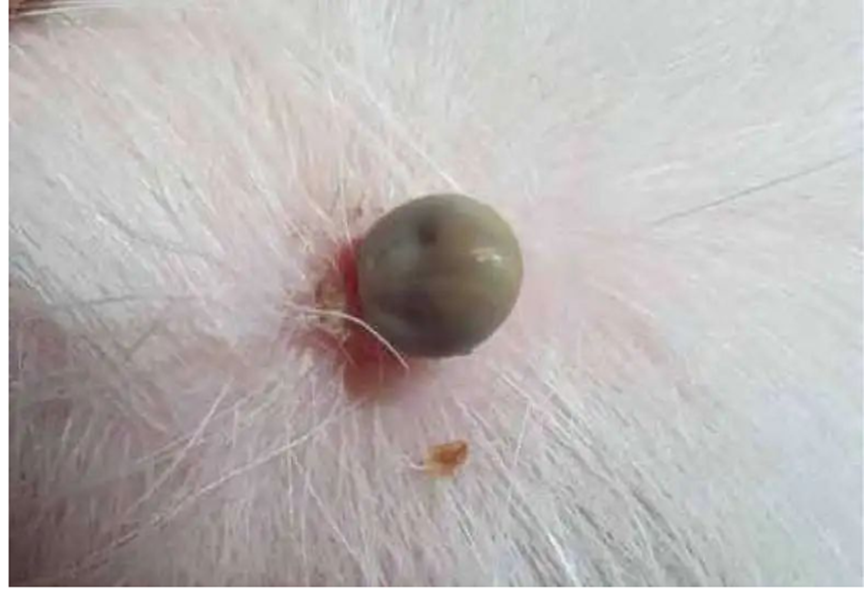Feeling Unwell? Loss of Appetite? An Overview of Prevention and Diagnosis of Canine Babesiosis
What is Babesia?
Babesia, commonly referred to as “Babesia microti” , is a type of blood protozoan disease primarily transmitted by ticks. Canine Babesiosis is a global disease, with at least nine distinct genetic types of Babesia reported to infect dogs.

Are You Aware of the Risks Babesia Poses to Dogs?
The pathogenicity of Babesia in dogs is primarily determined by the species and strain of the parasite. After infection with Babesia gibsoni, the incubation period ranges from 7 to 28 days, with most cases showing symptoms between 10 to 20 days.
The most common symptoms, listed in order of likelihood, are: lethargy, loss of appetite, hematuria (blood in the urine) or tea-colored urine, pale gums, and increased respiratory rate.
Therefore, if your dog has a history of traveling or hiking, or frequently comes into contact with grassy or vegetated areas, any of these symptoms should be taken seriously! Regular deworming is essential. Choose the appropriate deworming medication, use it as directed, and ensure regular veterinary check-ups to effectively prevent this highly dangerous disease for dogs.

Diagnosis of Babesia Infection
If your dog unfortunately shows the symptoms mentioned above, we need to perform some tests to determine whether the dog is infected with Babesia.
Generally, the most typical findings in laboratory tests include hemolytic anemia and thrombocytopenia. When there is a high number of parasites in the blood, they may be observed in blood smears. Babesia gibsoni is morphologically classified as a small piroplasm and appears ring-shaped.
Other diagnostic methods include serological tests such as indirect fluorescent antibody assays, enzyme-linked immunosorbent assays, and complement fixation tests; as well as molecular biology diagnostic techniques like PCR and nucleic acid probe technology. For subclinical infections, PCR may be the only finding.
A Brief Overview of Treatment
Animals with severe anemia or those experiencing extreme hypoxia due to anemia first require blood transfusions to alleviate symptoms. Once the symptoms are stabilized, antiparasitic medications and supportive treatment can be administered. Currently, the available antiparasitic treatment options in China include:
- Lmizol
- Berenil
- Atovaquone & Azithromycin
- Clindamycin
| Drugs | Dosage(mg/kg) | Method | Interval | Medication time | Pesticide effect |
| Imizol | 5-6.6 7.5 | IM IM | Single | Can be repeated once after 14 days | + |
| Berenil | 3.5-5 | IM | Single | ++ | |
| Azithromycin | 10 | IM | q 24h | 10 days | +++ |
| Atovaquone | 13.3 | PO | q 8h | 10 days | +++ |
| Clindamycin Berenil Lmizol | 30 | PO | q 12h | the duration of drug discontinuation is uncertain | |
| 3.5 | IM | Single | the first day | ||
| 6 | IM | Single | the second day |
Conclusion
Babesiosis can lead to the development of carrier immunity. Even after treatment, although clinical symptoms may disappear, Babesia parasites might still be present in the blood, resulting in the dog becoming a carrier and developing carrier immunity. Under certain conditions, such as a decrease in the dog’s immune system, the disease may recur. Therefore, it is important to monitor the changes in blood pathogens throughout the treatment process.

